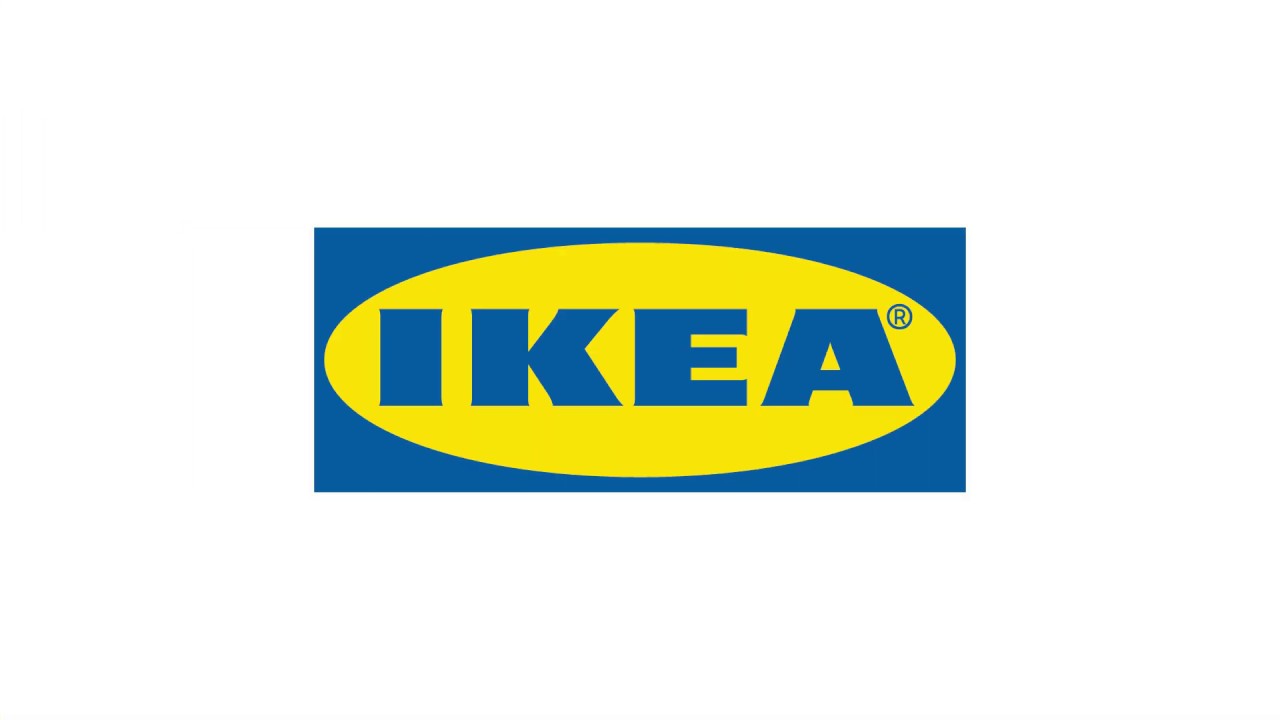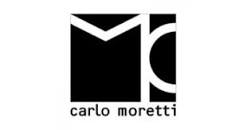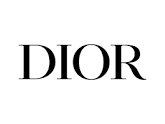Sintesi
per comprendere questo mercato
Dettaglio del contenuto
 Informazioni
Informazioni
- Pagine : 30 pags
- Formato : Versione PDF e digitale
- Ultimo aggiornamento : 13/07/2023
 Riepilogo ed estratti
Riepilogo ed estratti
1 Market Overview
1.1 Definition and presentation
Tableware refers to the arts associated with cooking and decorating the space devoted to it. Thus, the tableware market consists of many segments, including tableware, cutlery, kitchen utensils, table linens, small portable appliances, and decorations. The materials and products are therefore varied and have a very high turnover at the market level, as they are strongly influenced by fashion. Tableware has a very wide range in price and quality, from cheaper products made by homeware companies such as Ikea, Kasanova, Maison du monde, Leroy Merlin, and Zara Home, to very high quality and fashionable products such as handcrafted products or products from high fashion houses that have decided to expand into home décor and tableware as well; among them Bottega Veneta, Dior, and Versace.
Tableware is also very much linked to culinary culture and especially traditions, for example in Italy, it changes a lot whether we are at Christmas in a farmhouse in the mountains or in August in a villa on the Amalfi coast, let's say that on any occasion, whether at a time of celebration or a time of gathering, tableware plays a role of cultural recognition.
As mentioned earlier, the tableware industry is composed of many distinct items; the most important market is ceramic tableware and vases, which is expected to grow at an annual rate of 8.0% in terms of sales to reach $50460 million by 2026.
In Italy, tableware is an integral part of culture and of great importance: both informal and elegant tables often feature tableware with the function of transforming the surroundings and the very quality of sharing. Tableware production in Italy has a very important ancient tradition, from Murano glass to the ceramics of Caltagirone and Grottaglie. Craft production still plays a very important role that influences the economy. At the level of industrial production, Italian quality is always at the top in the world: among the most famous brands are Bitossi, Ginori, Dior Homme Collection, Versace Home Collection, Bottega Veneta Home Collection. Then in Italy there is no shortage of large multinationals that compete on price and design, but certainly not on uniqueness and craftsmanship, finding themselves occupying a specific slice of the market that has attacked the more artisanal aspect but not of high quality.
1.2 World Market
The worldwide value of the tableware market is expected to reach $** billion at the end of the current year, ****. Tableware sales are estimated to grow at a CAGR of **% from **** to ****, and the market is expected to exceed $** billion at the end of the forecast period[***].
Global tableware market value World, ...
1.3 Italian Market
In italy, companies manufacturing tableware are associated with the following ateco code: **.**.** - Manufacture of crockery, pots, pans, kitchen utensils and other non-electrical household accessories and metal articles for the furnishing of bathrooms. To find out the economic performance of the previously described companies, it is possible to view on the ...
1.4 Imports and Exports
In ****, exports of porcelain tableware and tableware were ** million and imports were $*** million, with a coverage rate of *.**. This means that exports covered ** percent of imports. In ****, exports decreased to $** million (***), bringing the coverage rate to *.**.
Imports and Exports of Porcelain Tableware and Tableware Italy, ****-****, in millions of $ Source: ****
The ...
1.4 Covid-19 Impact
According to the latest report from ART, the national business association member of the Confcommercio System that brings together manufacturers, importers, distributors, agents of foreign houses, and specialty retailers of table, kitchen, and gift items, the average amount consumers spent on table, kitchen, and gift items in **** was **.* percent higher than ...
2 Demand analysis
2.1 Evolution of expenditure
Annual household consumption expenditure on glasses, tableware and household utensils in Italy increased by ***.* million euros (***) in **** compared with the previous year. In total, annual household spending on consumption amounts to *.* billion euros in ****. This increase was preceded by a decline in annual household consumption spending in this sector. Over the ...
2.2 Statements on current preferences
People buy preferably Made in Italy and eco-friendly products," confirms Giusto Morosi, managing director of Tognana and president of ART-Arti della Tavola e del Regalo. "On the emerging trends front, for mise en place preferences are moving toward total-look proposals with textiles coordinated with porcelain decorations." Moving from the kitchen to ...
2.3 The reasons for purchase
From the **** report of ART, the national business association member of the Confcommercio System that brings together manufacturers, importers, distributors, agents of foreign houses and retailers specializing in table, kitchen, gift and home decoration items, it was revealed how eight out of ten consumers say they buy kitchen or tableware items ...
2.4 Purchasing channels used
The graph shows a range of shopping channels used in **** and ****. In ****, most people (***) saw an increase from **.*% in **** to **.*% in ****. In contrast, traditional stores declined from **.*% in **** to **.*% in ****. Consumer electronics chain stores saw a slight increase from **.* percent in **** to **.* percent in ****. Finally, as for "Other channels," the graph ...
3 Market structure
3.1 Tableware enterprises
The graph shows the evolution of the number of enterprises in the tableware sector from **** to ****. In ****, there were *** enterprises in the sector. This number increased by *.*% in ****, with a total of *** enterprises. However, in ****, the number of enterprises decreased by *.* percent to ***. In ****, there was a significant decrease of **.* percent, ...
3.2 Sustainable Supply Chains
**% of manufacturing companies in the past year have acquired new customers because they have been able to demonstrate that they operate in a sustainable supply chain. Twelve percent have asked their suppliers to do the same. Sustainable enterprises active in the manufacture of tableware, kitchen and gift items. Italy, ****, in % Source: ...
3.3 Distribution Channels
The graph below shows the evolution of the number of active enterprises in the retail trade of household utensils, tableware and glassware from **** to ****. In ****, the number of enterprises was *,***. This number decreased gradually in the following years. In ****, the number of enterprises decreased to ****, registering a rate of decrease of ...
3.4 Focus on major cookware manufacturers in Italy
Below are some of the leading manufacturers of pans in Italy:
Sambonet: Combining tradition and innovation, Sambonet offers a wide range of durable and crushproof cookware variants, equipped with ergonomic handles that provide a secure grip. The cookware is produced with state-of-the-art workmanship and can be washed through the use of ...
3.5
4 Supply analysis
4.1 Tableware offerings
There are four main types of tableware:
Plates, bowls and cups Eating utensils Glasses Tableware
The tableware macro sector is aimed primarily at consumers who use tableware for household or commercial purposes.
Domestic tableware products are intended for families and individuals who cook and eat at home. These may include plates, ...
4.2 IPC
The data show the temporal evolution of consumer price indexes for different product categories in the tableware macro-area from September **** to May ****. For the category "Glassware, tableware and household utensils," the price index increased from ***.* to ***.* over the period. This represents an overall increase of *.* points, or about *.* percent. For "Glassware, ...
4.3 Art in Murano Glass
Reaching the small island of Murano by canal is an exciting experience, especially if you intend to visit one of its artisanal glassworks. The island is in fact the Italian excellence of blown glass, a place where entire generations of master glassmakers have dedicated themselves, and still dedicate themselves, to the ...
4.4 Tablescaping: the art of turning the table into architecture
The practice known as tablescaping or table-setting involves setting dining tables in an artistic and decorative manner, following a specific theme. This form of expression is widely used for social events and even competitions. The term itself, which combines the words "table" and "landscaping," was coined by American TV chef Sandra ...
4.5 Focus cookware: features and costs
Nonstick Pans
Nonstick pans have revolutionized cooking ever since they were introduced. Although they are commonly attributed to the year Teflon was discovered-in ****- , history reveals that these pans have even more ancient roots. Recently, fragments of ancient red pottery with slippery coating were found in ancient Roman dumps, suggesting that ...
5 Regulations
5.1 Regulation
"Food-contact materials and articles" (***). This term also refers to materials and objects that are in contact with water excluding fixed public or private water supply facilities.
MOCAs are regulated by both national and European measures.As far as EU regulations are concerned, Regulation (***).where there are no specific EU laws, member ...
6 Positioning of actors
6.1 Segmentation
- IKEA Italia
- Alessi S.p.a
- Carlo Moretti Venezia S.r.l
- Dolce & Gabbana S.r.l
- Zara Home Italia S.r.l
- Christian Dior Italia S.r.l
 Grafica
Grafica
- Valore del mercato globale delle stoviglie
- Risultato economico delle aziende facenti riferimento al codice ateco: 25.99
- Spesa per consumi delle famiglie in bicchieri, stoviglie e utensili per la casa
- Importazioni e Esportazioni di vasellame e stoviglie di porcellana
- Importazioni e Esportazioni di Cucchiai, forchette, mestoli, schiumarole, palette per dolci, coltelli da pesce, coltelli da burro, pinze da zucchero e simili oggetti da cucina o da tavola di metalli comuni
Tutti i nostri studi sono disponibili online e in PDF
Ti invitiamo a consultare un esempio del nostro lavoro di studio su altri mercato!
Aziende citate in questo studio
Questo studio contiene un panorama completo di società di mercato con le ultime cifre e le notizie di ogni azienda :
 Perché Scegliere Questo Studio :
Perché Scegliere Questo Studio :
Accedi a più di 35 ore di lavoro
I nostri studi sono il risultato di oltre 35 ore di ricerca e analisi. L'uso dei nostri studi ti consente di dedicare più tempo e aggiungere valore ai tuoi progetti.
Approfitta di 6 anni di esperienza e oltre 1.500 studi settoriali già prodotti
La nostra competenza ci consente di produrre studi completi in tutti i settori, inclusi i mercati di nicchia o emergenti.
Il nostro know-how e la nostra metodologia ci consentono di produrre studi con un valore unico di denaro
Accedi a diverse migliaia di articoli e dati a pagamento
BusinessCoot ha accesso all'intera stampa economica a pagamento e ai database esclusivi per svolgere studi di mercato (+ 30.000 articoli privati e fonti).
Al fine di arricchire i nostri studi, i nostri analisti utilizzano anche indicatori Web (semrush, tendenze, ecc.) Per identificare le tendenze in un mercato e strategie aziendali. (Consulta le nostre fonti a pagamento)
Supporto garantito dopo l'acquisto
Una squadra dedicata al servizio post-vendita, per garantirti un alto livello di soddisfazione. +39 380 247 7810
Un formato digitale progettato per i nostri utenti
Accedi a un PDF ma anche una versione digitale per i nostri clienti. Questa versione consente di accedere a fonti, dati in formato Excel e grafica. Il contenuto dello studio può quindi essere facilmente recuperato e adattato per i tuoi supporti.
 Le nostre offerte :
Le nostre offerte :
the tableware market | Italy
- Quali sono i dati relativi alle dimensioni e alla crescita del mercato?
- Cosa sta influenzando l'andamento e l'evoluzione del mercato?
- Qual'è il posizionamento degli attori di mercato?
- Segmentazione e profilo delle aziende operanti nel mercato
- Dati e numeri da una molteplicità di fonti
Pacchetto di 5 studi (-15%) IT Italy
- 5 rapporti a 75,6 € IVA esclusa per studio da scegliere dal nostro catalogo italiano per 12 mesi
- Risparmiare il 15% sugli studi aggiuntivi acquistati
- Scegliere il rimborso del credito non utilizzato al termine dei 12 mesi (durata del pacchetto).
Consulta i termini e le condizioni del pack e del rimborso del credito non utilizzato.























